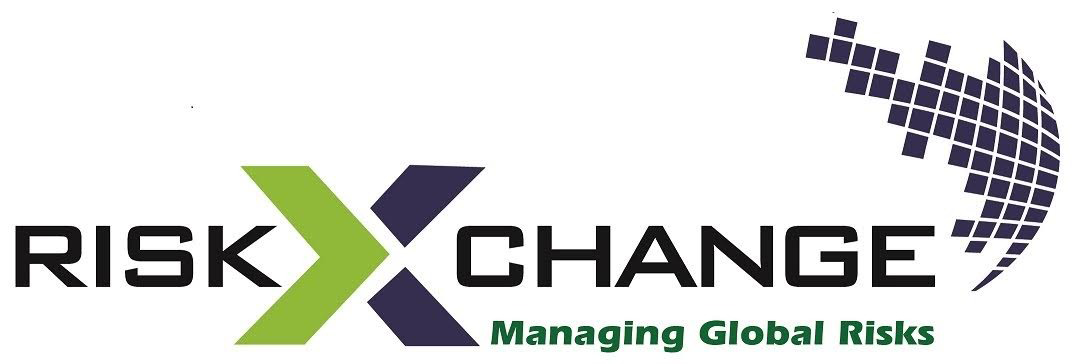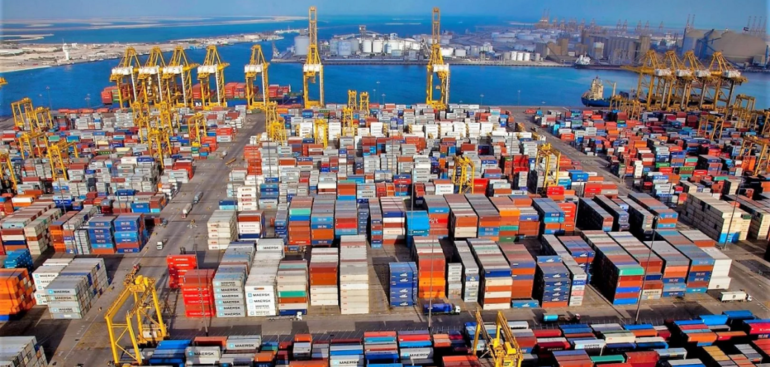DUBAI HAS EMERGED AS ONE OF THE MOST SUCCESSFUL LOGISTIC HUB AT GLOBAL LEVEL
When I landed first time some 28 years back in Dubai I was amazed to see a world-class seaport at Jabal Ali connecting the region from all side which makes Dubai a trading hub for the business community at large which is testament to the vision of Late His Highness Sheikh Rashid Bin Saeed Al Maktoum, who gave instructions for an ambitious project with the construction of the world’s largest man-made harbor at Jabal Ali. Today Jabal Ali Port ranked alongside the Great Wall of China and the Hoover Dam as one of only three man-made objects that could be seen from space. Dubai has emerged as one of the most successful and dynamic logistics clusters at the global level. It is a highly developed region of the United Arab Emirates (UAE). The country enjoys a relatively high income per capita (approximately 36.2 thousand USD). In the UAE the service sector represents 47 percent of GDP. As for Dubai, it has the most dynamic economy within the UAE where logistics plays a very important role in economic activities. Its share in GDP is 8.8 percent (including communication). Besides logistics are an industry that influences the competitiveness of an economy. Logistics comprise transportation, inventory, material handling, warehousing, and packing and also very often security services.
Dubai has developed a dynamic logistic cluster that is playing a central role in the Europe-Asia-Africa trade. It also serves local markets and operates as a regional trade hub. Three main factors must be underlined in explaining why Dubai is such a successful logistic cluster. These factors are advantageous geographical location, market conditions, and the role of the government.
The region has a very strategic location in the Gulf and therefore part of the fortune of Dubai is related to its proximity to some of the fastest-growing economies in the world, basically China and India. So, an advantageous geographical location helps this region to take a prominent position in the global logistics network, and therefore today it is one of the critical nodes in the world’s supply chain.
Dubai’s (as a logistic cluster) market conditions are analyzed by using the diamond model of Porter (1990). Based on this model following four key factors must be considered: firm strategy, demand conditions, related and supporting industries, and factor conditions. Actually, these factors are the basic drivers of competitiveness of an industry which is crucial for success.
From a firm strategy point of view, 6 factors must be highlighted: open markets in the logistics and transportation sector, business supportive economic policy, favorable complementary policies, massive infrastructure investments, attractive regulatory and business environment, and growth-oriented governmental companies. In fact, these became contributors of Dubai’s logistic cluster development. It is also worth noting that massive and aggressive infrastructure spending became a key element for success.
Dubai’s ability to operate as a regional trade hub has been spurred by the demand conditions as well. Six main demand conditions can be underlined: Jebel Ali Free Trade Zone, domestic manufacturing sectors, Dubai Industrial City, population growth, increased import caused by economic growth, and trade measures against Iran. Among the most important factors are free zone, industrial cities, and domestic production. These determinants create economic activities and push significant demand for logistical services and much of it is captured by Dubai.
Related and supportive industries play considerable roles in Dubai’s logistic cluster development. It, in fact, includes not only industries but also trends in related sectors, clusters and markets, associations, and supportive governmental organizations. There are 6 main factors in this regard: highly developed finance, insurance, construction, and tourism clusters, a substantial increase of FDI, a rise in local capital markets, cluster associations, Dubai Industrial City, and rapid growth in trade. These industries and organizations provide necessary services; markets and information for improvement and strengthening of competitiveness of the logistic cluster.
Dubai’s logistic cluster has some beneficial factor conditions – in particular its natural assets (harbor, oil, and gas), advanced physical infrastructure (ports, airports, highways), and geographical proximity with the potential suppliers (mainly China and India) and buyers (EU, Asia). All factors listed above reinforce the potential of Dubai’s logistic sector to be competitive at the global level.
The state plays a very important and active role in Dubai’s logistic cluster. In order to promote the logistics sector, the government (both local and central) actively intervenes.
It has 5 main priorities:
1. Spurring growth by massive infrastructure spending;
2. Facilitating collaboration (public-private and personal relationships);
3. Strengthen links between port, free zone, and customs;
4. Evolve innovations (for example airport in the port), and
5. Develop complementary policies (trade, fiscal, business environment improving).
The UAE’s government succeeded in creating world-class infrastructure in transportation (seaport, airport, roads) energy, communication, and tourism sectors. This infrastructure is a strong asset and plays an essential role in encouraging logistical development.

Dubai Logistic City (DLC) commonly known as Dubai World Central (DWC), build as an urban project is positioned as the world’s first purpose-built ‘aerotropolis’ where the planning, layout, infrastructure, and economy is focused on the airport, formed as an airport city.
This planning ensures that Dubai Emirate manages a successful network of logistics which in-turn compliments the other Free zones of Dubai positioning it as a world trade capital.
The UAE government attempts to facilitate interactions between the government and the business sector. This is crucial for the success of the logistics cluster because public-private and personal relationships are central issues in improving the competitiveness (Porter, 1998). In this regard, the major institution is the Chamber of Commerce. Its objectives are: encourage collaboration with the private sector and support the development of small and medium-sized enterprises. Besides the government launched the Dubai Cluster Platform and before this was created Focus Group of all stakeholders (public and private companies, service providers, educational institutions, associations, related and supportive industries) in logistics sectors. The aim of these actions was: boosting the competitiveness of Dubai in logistics by creating and fostering a permanent network of collaboration.
It is also worth noting that the UAE government also uses complementary policies to spur the logistics sector. It implemented a business-friendly tax system (very low corporate tax) which significantly reduces the cost of doing business. I addition, the creation of free zones also have a positive impact on the cluster. It attracts capital from abroad and raises the mobility of it.
Hence, the main forces that make Dubai’s logistics cluster successful are favorable geographical location, market (factor, demand) conditions, effective complementary policies, highly developed related industries, and the world-class physical infrastructure.

Disclaimer: The views expressed by me in this article are personal & professional and not those of my employer, clients, or any other organization. The opinions expressed do not constitute any legal advice, or risk management advice. The views discussed are for educational purposes only.


